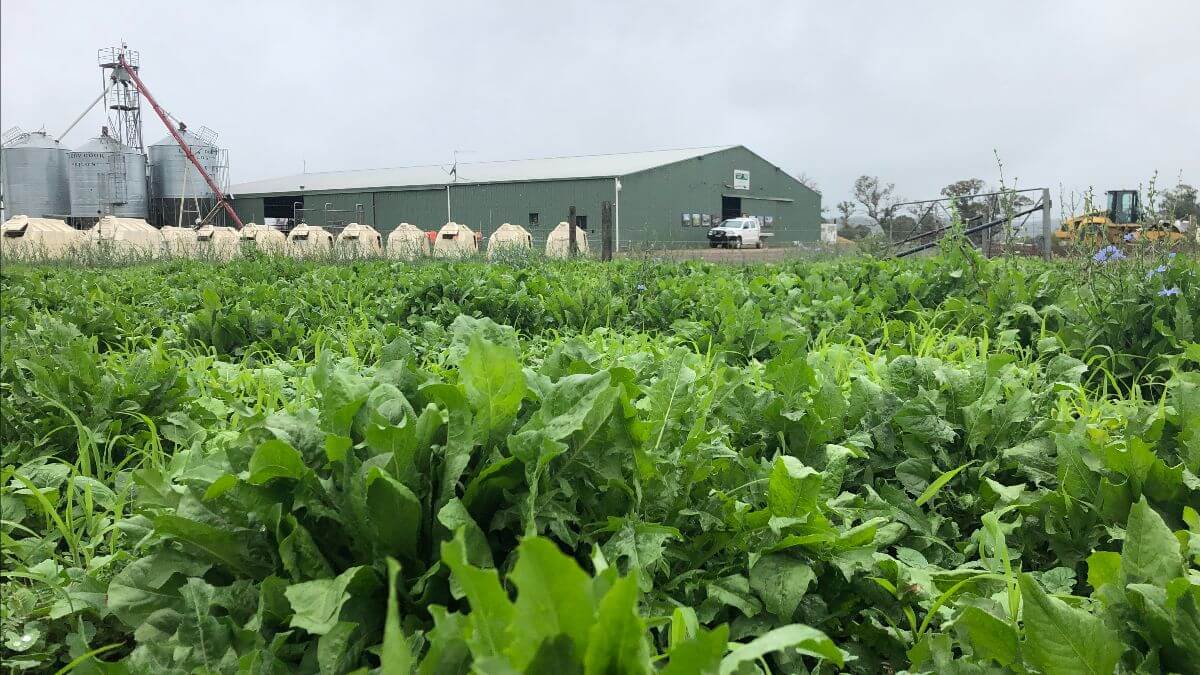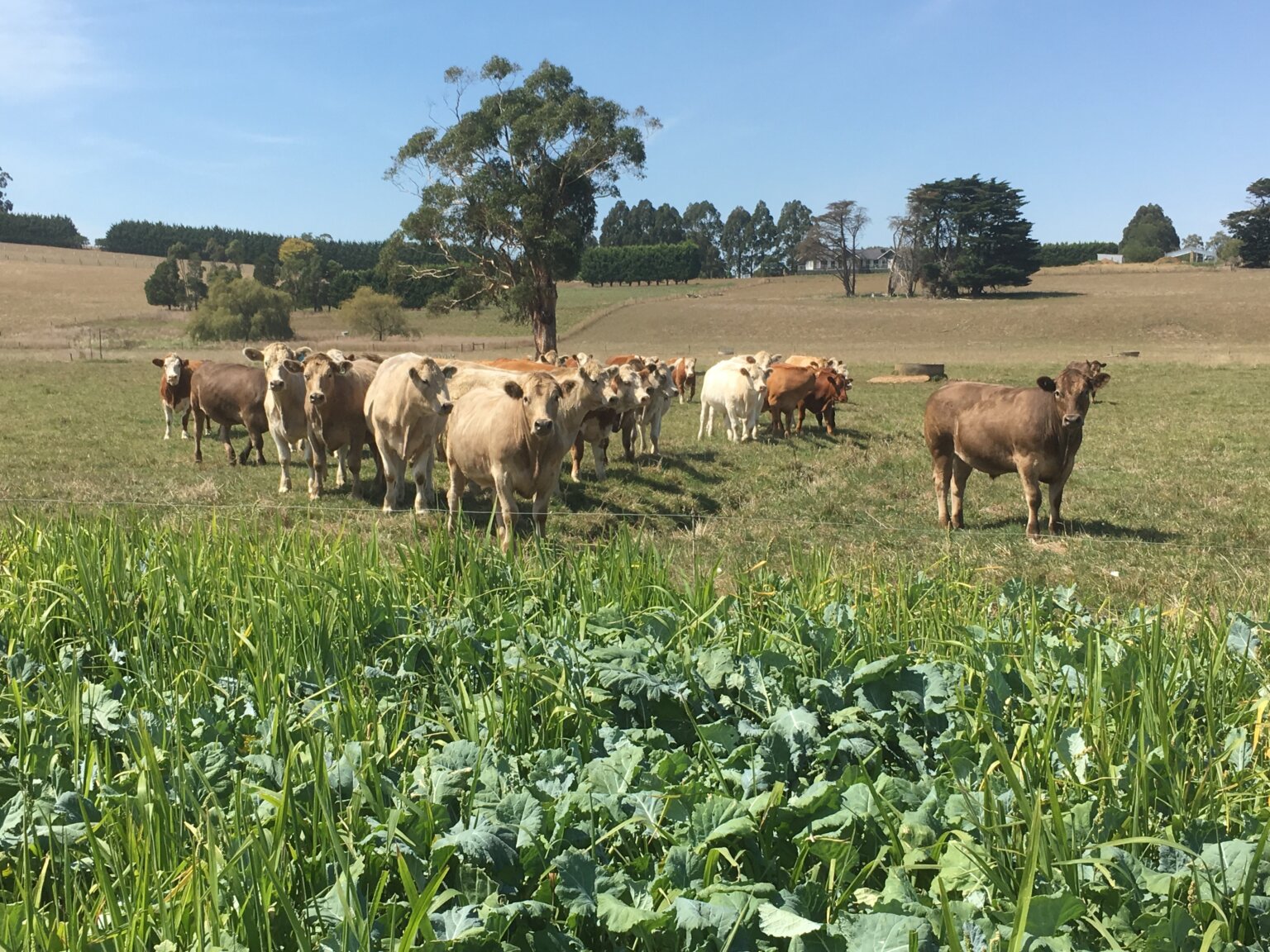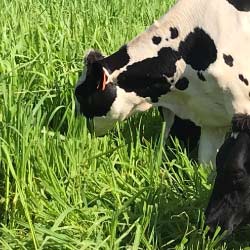Spring is a critical time of year, especially for preparing for summer and autumn grazing crops. With Southern Victorian moisture levels largely the early part of the season bodes well for yield potential and quality.
Across mixed farming platforms including sheep, beef and dairy premium mixed forage crops have shown their worth across many measures – with improved growth, quality, persistence, palatability and insect tolerance.
Peter Notman, dairy farmer at Walcha and owner of Notman Pasture Seeds says results from grazing newer varieties of diverse summer crops have been exceptional, importantly continuing to offer flexibility, reliability and strong re-growth.

“Like most regions we cannot get enough grazing tDM and quality off existing ryegrass & clover pasture base over summer to early autumn, so southern Victorian graziers are discussing with us the strong live weight and milk production returns from spring sown cultivars including our Top Crop mixes with millet, brassica, chicory, plantain and red clover”
“The brassica, plantain and millet get away for early feed whilst the chicory really powers on for that late summer and autumn feed, when often feed is required the most. Adding the chicory clearly adds to the liveweight gains, but also provides an oversow option in autumn with ryegrasses”
Peter Notman
“The addition of millet minimises the potential animal health risks that can come with brassicas and it increases the insect pest tolerance to the overall crop”
“The use of these Top Crop forage mixes gives our young stock and dairy herd a good balance of fibre and protein, with mixed species all offering multi graze options with good feed quality and quantity in 55-70 days, with early summer moisture boding well to get them kick started”
Mr Notman’s most recent crops were sown in October 2021, direct drilled into existing annual and legume pastures that had served their purpose of a winter grazing bulk. The 60-70 ha of cropped area was sown with 100kg DAP. Eight weeks later it was ready for grazing with the plant matter at gum boot to knee high.
After each grazing when soil moisture available, firstly applying nitrogen via organic manures, then 80-100kg/ha of Urea after each subsequent grazing.
“Because these species are persistent under multiple grazings, subject to moisture availability, we do feed them with manure & fertilisers to continue to drive leaf growth. And the new varieties are certainly more leafy than their predecessors”
With extensive experience in growing diverse pastures with a focus on production, Mr Notman said getting the most out of the performance is linked to good grazing management, opportunistically applying fertiliser for leaf growth at the right time and a good level of soil fertility
“7 out of 10 years we’ll see all the cultivars in this mix thrive, and in the really dry years it’s the millet and rape playing a more important role”
Avoiding feeding out too much and continuing to direct the focus on growing more grazing feed all year round is the real key for the Notman’s livestock production, and clearly the focus for many farmers also in driving performance.
“From a commercial point of view we’ve done the gross margins on these summer crops and we know we’ve covered our costs early into the life of the crop”








